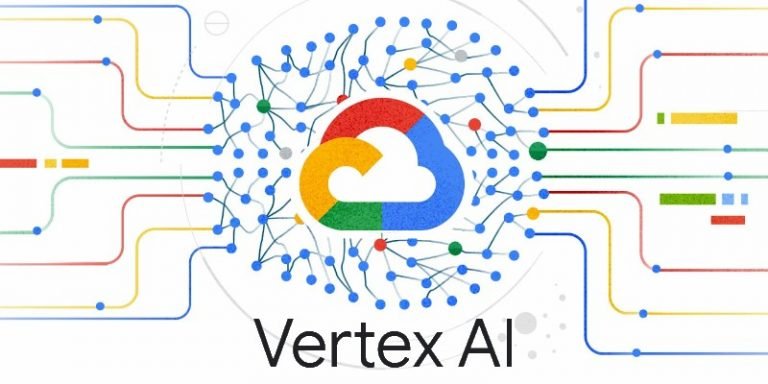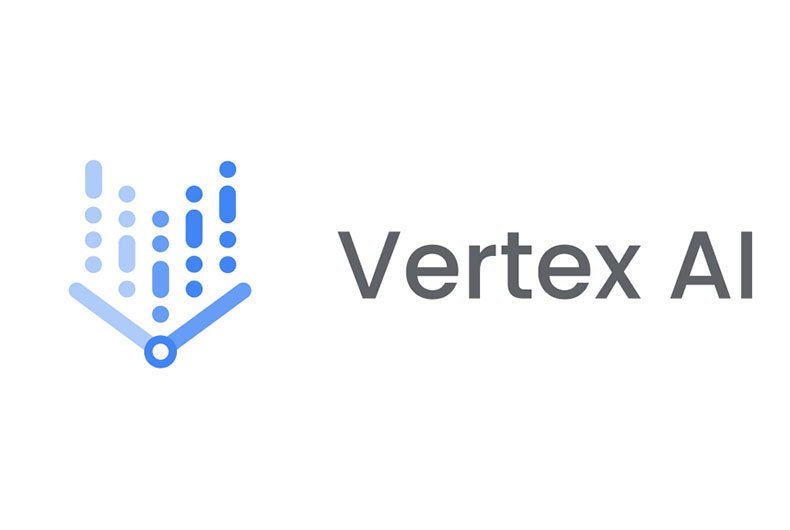Table of Contents
Introduction
Hey there, tech enthusiasts! Today, we’re diving into the world of Vertex AI, Google Cloud’s integrated suite for machine learning and AI. If you’ve been curious about how to leverage AI to enhance your projects or business, you’re in the right place. Let’s make this journey both informative and enjoyable.
What is Vertex AI?
Imagine having a supercharged toolkit that allows you to build, deploy, and scale machine learning models seamlessly. That’s Vertex AI in a nutshell. It’s Google Cloud’s platform designed to simplify the process of developing and managing AI solutions. Whether you’re a seasoned data scientist or a developer just dipping your toes into the AI pool, Vertex AI has something for everyone.
Why Vertex AI?
Let’s start with the why. Why should you consider Vertex AI over other AI platforms? Here are a few compelling reasons:
- Integrated Environment: Vertex AI offers an end-to-end machine learning environment. You can handle everything from data preparation to model deployment in one place.
- Scalability: Built on Google Cloud, Vertex AI scales effortlessly with your needs, ensuring your models can handle increasing loads.
- Efficiency: By automating many of the repetitive tasks involved in model development and deployment, Vertex AI lets you focus on what matters most – creating value with your models.
- Cost-Effective: Pay-as-you-go pricing ensures that you only pay for what you use, making it a budget-friendly option for startups and enterprises alike.
Key Features of Vertex AI
1. Vertex AI Workbench
This is your command center. The Vertex AI Workbench integrates Jupyter notebooks directly with Google Cloud, making it easy to experiment and prototype your models. You can access and analyze data from BigQuery, Cloud Storage, and other sources without leaving your notebook environment.
2. Vertex AI Pipelines
Imagine building a model and then having to manually repeat each step every time you update it. Sounds tedious, right? Vertex AI Pipelines automates these steps, ensuring consistency and saving time. You can define reusable workflows, making it easy to retrain and update models as new data comes in.
3. Vertex AI Training and Prediction
Training models is where the magic happens. With Vertex AI, you can train your models on Google’s powerful infrastructure. Once your model is trained, deploying it to serve predictions is a breeze. Vertex AI Prediction provides a scalable, low-latency environment for serving your models.
4. Vertex AI Model Monitoring
Deploying a model is just the beginning. Monitoring its performance in the real world is crucial. Vertex AI Model Monitoring provides insights into your model’s predictions, allowing you to detect and address issues like drift or bias.
Real-Life Examples
Let’s put these features into a real-world context to see how they can be applied.
Example 1: Retail Demand Forecasting
Imagine you’re running a retail business and you want to optimize your inventory. Using Vertex AI, you can build a demand forecasting model. Here’s how:
- Data Preparation: Collect historical sales data and other relevant factors like holidays and promotions.
- Training: Use Vertex AI Training to develop a model that predicts future demand based on your data.
- Deployment: Deploy the model using Vertex AI Prediction to get real-time forecasts.
- Monitoring: Keep an eye on your model’s performance with Vertex AI Model Monitoring to ensure accuracy over time.
Example 2: Healthcare Diagnostics
In healthcare, timely and accurate diagnostics can save lives. Let’s see how Vertex AI can help:
- Data Preparation: Gather patient data, including medical history, lab results, and imaging.
- Training: Train a diagnostic model using Vertex AI to identify patterns and predict health conditions.
- Deployment: Deploy the model in a clinical setting for real-time diagnostics.
- Monitoring: Use Vertex AI Model Monitoring to continuously improve the model’s accuracy and address any biases.
Getting Started with Vertex AI
Ready to get your hands dirty? Here’s a quick guide to get you started with Vertex AI:
- Set Up Your Environment: Sign up for Google Cloud and set up a new project.
- Access Vertex AI: Navigate to the Vertex AI section in the Google Cloud Console.
- Start a Notebook: Use Vertex AI Workbench to create a new Jupyter notebook.
- Load Your Data: Import data from BigQuery, Cloud Storage, or other sources.
- Build and Train Your Model: Develop your model using the tools provided in Vertex AI.
- Deploy and Monitor: Deploy your model and set up monitoring to ensure it performs well in production.
Conclusion
Vertex AI is a powerful, user-friendly platform that democratizes access to advanced machine learning tools. Whether you’re looking to enhance your business operations, innovate in healthcare, or tackle any other challenge, Vertex AI provides the tools you need to succeed. So, why wait? Dive into Vertex AI today and start transforming your ideas into reality.
Happy experimenting, and may your AI projects soar to new heights!

Vertex AI: Your Comprehensive FAQ Guide
Hey tech enthusiasts! In our deep dive into Vertex AI, we covered a lot, but I know you have more questions. So, let’s address some of the most frequently asked questions about Vertex AI to help you get a clearer understanding of this powerful platform.
1. What is Vertex AI used for?
Vertex AI is used for building, deploying, and scaling machine learning models. It’s designed to streamline the entire machine learning workflow, from data preparation to model training, deployment, and monitoring. Whether you’re working on predictive analytics, natural language processing, or any other AI application, Vertex AI provides the tools you need to bring your projects to life efficiently.
2. Is Vertex AI API free?
Vertex AI offers a pay-as-you-go pricing model, which means you only pay for the resources you use. While there are some free-tier options available, especially for small-scale projects or during the initial experimentation phase, most advanced features and larger-scale operations will incur costs. It’s best to check Google Cloud’s pricing page for detailed information on costs associated with various Vertex AI services.
3. What is the difference between GCP and Vertex AI?
Google Cloud Platform (GCP) is a suite of cloud computing services that includes computing power, storage, and application development tools. Vertex AI, on the other hand, is a specific service within GCP focused on machine learning and AI. While GCP provides the infrastructure and broader cloud services, Vertex AI provides specialized tools for end-to-end machine learning workflows.
4. Is Vertex AI worth it?
Absolutely! Vertex AI is worth it if you’re looking to streamline your machine learning processes and take advantage of Google’s powerful cloud infrastructure. It’s particularly beneficial for organizations that need to scale their AI efforts quickly and efficiently. The integrated tools and automated processes can save significant time and effort compared to building and managing your own ML infrastructure from scratch.
5. Vertex AI and Generative AI
Vertex AI supports various machine learning models, including those used in generative AI. This means you can create models that generate new content, such as text, images, or even music. These generative models can be used in applications ranging from content creation to advanced data augmentation techniques.
6. Vertex AI Search
Vertex AI Search leverages machine learning to provide advanced search capabilities. By integrating with your datasets, it can deliver highly relevant search results, improving the efficiency of finding and utilizing information within large datasets.
7. Vertex AI Pricing
As mentioned earlier, Vertex AI follows a pay-as-you-go pricing model. Costs can vary depending on the services and resources you use, such as computing power for training models or storage for datasets. Detailed pricing information can be found on the Google Cloud Pricing page.
8. Vertex AI Studio
Vertex AI Studio is an integrated development environment (IDE) for data scientists and developers. It combines tools for data preparation, model training, and deployment within a single, user-friendly interface. This helps streamline the workflow, making it easier to develop and manage machine learning models.
9. Vertex AI Tutorial
Getting started with Vertex AI can be daunting, but there are plenty of tutorials available. Google Cloud provides comprehensive tutorials and guides that walk you through the basics of setting up your environment, creating and training models, and deploying them. These resources are invaluable for both beginners and experienced practitioners.
10. Vertex AI Documentation
For detailed information on all Vertex AI features, refer to the official Vertex AI documentation. This is your go-to resource for understanding the capabilities, configuration options, and best practices for using Vertex AI effectively.
11. Vertex AI API
The Vertex AI API allows you to integrate Vertex AI’s capabilities into your own applications. This API provides endpoints for training models, making predictions, and managing resources. It’s a powerful way to bring the benefits of Vertex AI to your own software solutions.




1 Pingback